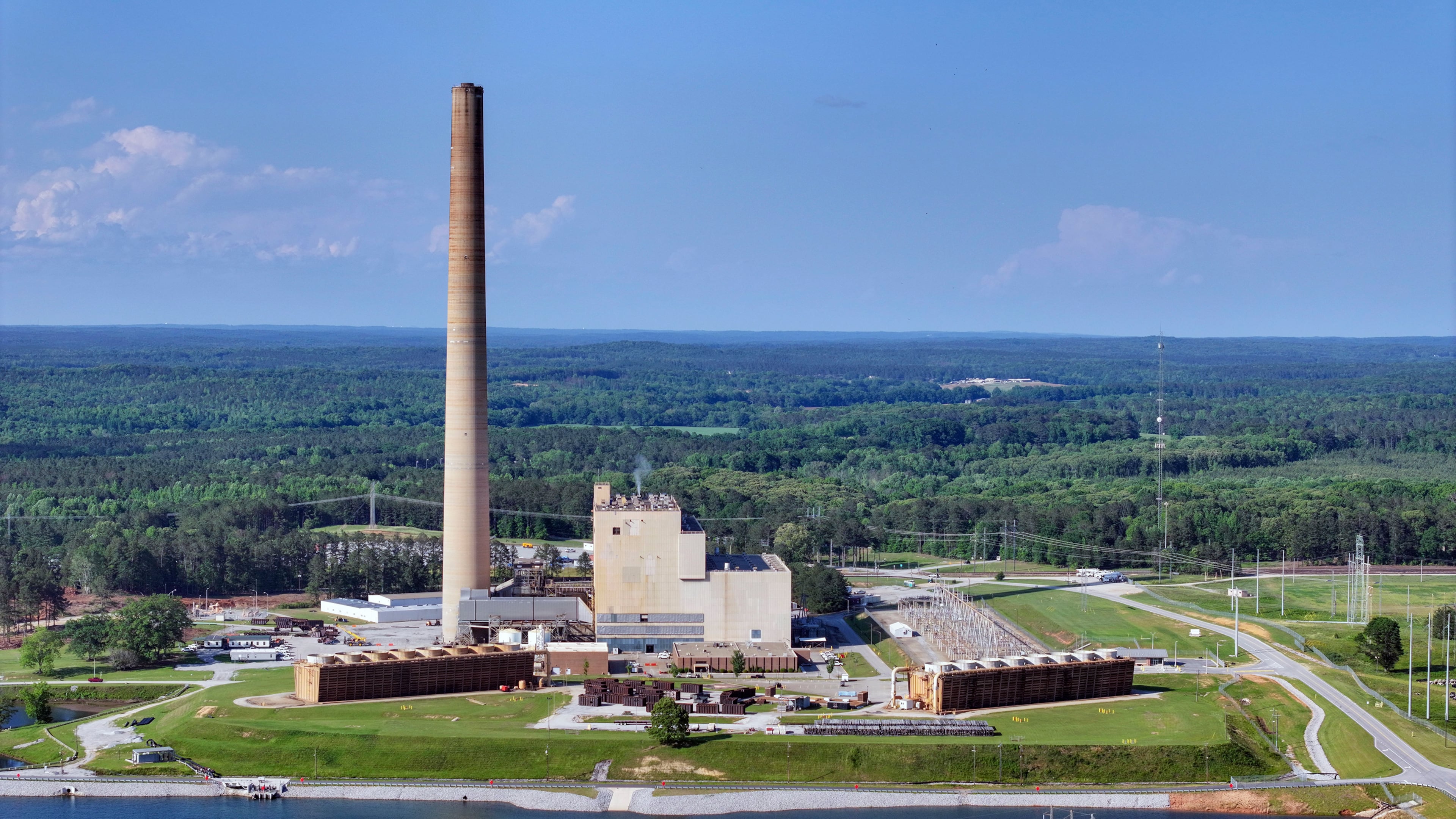Southern Co.’s profits dipped in the second quarter. Here’s why.
Editor’s note: This story has been updated with additional details from Southern Co.’s earnings call with investors.
Atlanta-based Southern Co.’s profits for the months of April through June were down 27% compared with the same time last year because of relatively cool late spring and early summer temperatures, along with some rising expenses.
The utility giant reported second quarter earnings Thursday of $880 million, compared with $1.2 billion over the same three months in 2024. Southern’s profits in the first half of 2025 are also down roughly 5% relative to last year.
The company’s second quarter revenues were up about 8%, rising to $7 billion.
Southern said the results were driven by milder weather, along with interest expenses, higher income taxes and depreciation of certain assets.
Electricity sales for utility companies are closely linked to outside temperatures. Especially in the hot, humid South, air conditioners consume more electricity than any other appliance in most homes, according to the Environmental Protection Agency.
Southern’s service territory — which includes Georgia, Alabama and Mississippi — has been baked lately by scorching heat, but those dates were not captured in these earnings.

Chris Womack, Southern’s president and CEO, said the results show the company is still “well positioned to deliver on our 2025 goals.”
“Because of our team’s commitment to making the right investments, running our business efficiently and effectively, and keeping customers at the center of everything we do, we’ve accomplished a great deal so far this year and we’ve positioned Southern Company for an even brighter future ahead,” Womack said in a written statement.
On an earnings call with investors Thursday, Southern executives said they saw electricity usage from data centers jump 13% compared to the second quarter of 2024.
Womack said Southern is in “conversations with all of the major hyperscalers,” a term for the largest data center complexes, but acknowledged the company still has work to do to land them as customers.
“Our focus is making sure we price them right and that there are benefits to our existing customers,” Womack added.
Georgia Power, which serves 2.8 million electricity customers, was once again Southern’s most profitable subsidiary. But it, too, saw lower second quarter earnings.
Georgia Power still raked in $607 million in profits in the second quarter, down about 20% from the same period in 2024.
The results come during what’s been a busy summer for Georgia Power.
Late Wednesday, the company filed a request with the Georgia Public Service Commission seeking to add as much as 10,085 megawatts of new power generation over the next five years.
The request is dominated by plans to add new gas-burning plants and buy power from existing ones.
If approved by the PSC, it would represent a historically large expansion of the company’s fleet. The company has said the need to add new resources is mostly because of the explosion of data centers considering the metro Atlanta area.
Weeks ago, the Georgia Public Service Commission also voted to approve a long-range energy plan for the utility, which included an endorsement of Georgia Power’s projections of enormous electricity demand growth, mostly from data centers.
Lately, Georgia Power has projected that peak demand for its electricity could increase by 8,200 megawatts as soon as the winter of 2031, nearly all from data centers.
The company has faced questions about the accuracy of its forecasts, but has stood by them, arguing it uses the best modeling available.
On top of the new power plants Georgia Power is seeking to build, the plan allows Georgia Power to keep some existing coal plants running, upgrade existing gas and nuclear units, and expand its transmission infrastructure.
As the historic buildout gets underway, the PSC in June elected to keep Georgia Power’s current base electricity rates steady through 2028.
The move headed off the possibility of more rate hikes for customers whose bills have jumped sharply in recent years because of PSC-approved rate increases.
But early next year, Georgia Power will ask the PSC to allow it to collect damage costs caused by Hurricane Helene and other storms from ratepayers. Those expenses, along with the company’s fuel costs, could push Georgia Power customers’ bills even higher, but, if so, it’s not yet clear how much.



